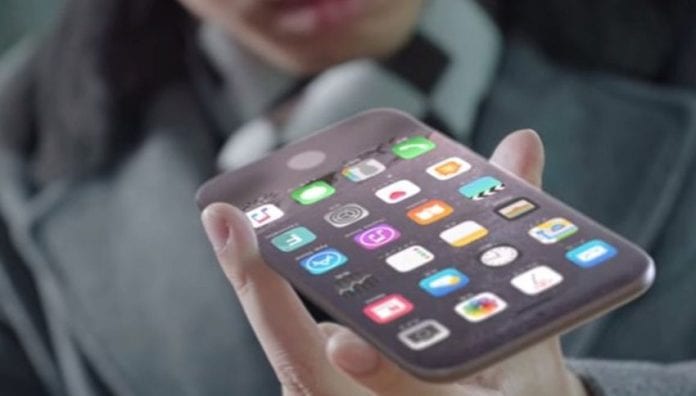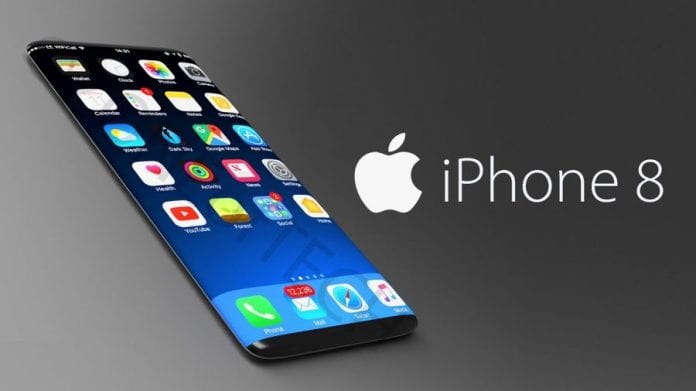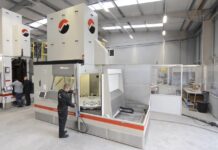Up until now, Apple has introduced two new iPhones each September – a 4.7-inch model and a larger 5.5-inch phone which also had a better camera. What is different about this year? The long-rumored redesigned iPhone will soon be here, but imagine the 5.5-inch screen integrated into the “regularly-sized” phone? That would be really cool, and rumors suggest the OLED display is possible as well as wireless charging.
It all sounds like a fairytale, but there is one (major) issue, and that’s the price. The iPhone 8 (or whatever its name will be) is going to be priced at over $1,000, and despite that, Apple may struggle to produce enough phones for the customers.
What this means is that we might see three new iPhones instead of just two. The anticipated iPhone 8 will be joined by the S phones we see every odd-numbered year, but we also expect the iPhone 7S and the 7S Plus to be slightly modified, but basically the same. But will this really be the case?
Let’s see
Back in March 2016, KGI Securities analyst Ming Chi-Kuo reported that the company wanted a new iPhone design for 2017 with a 5.8-inch OLED screen and wireless charging. However, if Apple couldn’t produce enough OLED screens for its flagship device, they might launch a pair of standard 4.7-inch and 5.5-inch iPhones as well. There you go. This idea is supported by the Nikkei Asian Review and Bloomberg’s Mark Gurman, whereas this July, the China’s Economic Daily News reported that the phone would be delayed. That too was later confirmed by a dozen financial analysts.
What about the price?
If we see all three models, will all of them come at the same time? And what will be the price of the top-shelf device? According to Apple blogger John Gruber, the price will go north of $1,000. If the tech-giant struggles with the production of a lot of OLED screens, they could just increase the cost and balance that out. Fewer people will buy it, but Apple will keep profits at a high level. Even if Apple decides to launch two models instead of three, the price of the new iPhone 8 will still be over $1,000.

OLED Screens
With OLED displays, Apple would improve colors, battery efficiency and the whole phone in general, so it comes to no surprise that the company wants to integrate one. However, OLED screens originate from a single source, and Samsung is the one that controls this market, say analyst firms HIS and UBI Research. There are some other companies which produce OLED screens, but Apple intends to create a large number of phones, and Samsung is the only one who can supply enough screens for the new iPhone.
The things get tricky because Apple wanted to build an OLED screen with a built-in fingerprint sensor, while Apple’s HomePad leak hints at a face-recognizing infrared camera that can be added directly above Samsung’s panel. Samsung’s OLED production for Apple has been delayed, but not because of Samsung, but because Apple’s custom screen could be the culprit.
Who is going to buy a phone this expensive?
We shouldn’t actually worry about buyers because there are plenty of people who would give their money for the new flagship smartphone. Perhaps those who went out to buy the original iPhone in 2007 which was priced at $599 – too expensive for that period. Maybe even though who love to have new phones with cutting-edge features and tech.
Conclusion
Apple’s iPhone 8 is going to move the boundaries further, and with all the state-of-the-art tech, it is no wonder that the price will be as high as $1,000. We cannot wait for it to be introduced. How about you?









